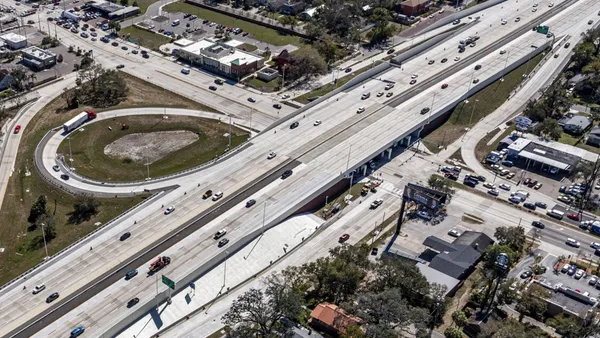Dive Brief:
- Ontario’s Minister of Transportation Steven Del Duca announced the finalization of a $9.1 billion contract to finish the Eglinton Crosstown light-rail project — $2 billion below estimates — with Crosslinx Transit Solutions, a consortium of more than 26 companies including engineering and construction firm SNC-Lavalin and Bank of Nova Scotia, The Globe and Mail reported.
- Del Duca cited the public-private partnership between the contracting consortium and the public agency Infrastructure Ontario as the reason for the significant cost decrease,
- Tunneling for the 12-mile line, of which approximately six are underground, is currently in progress. The Crosslinx 30-year contract includes only the stations and finishing work within the tunnels, in addition to the financing and maintenance aspects. Crosslinx will build 15 underground stations on the central section of the line at a cost of about $80 million to $100 million each and will also build 10 street-level stops for about $3 million to $5 million each. The Crosstown is scheduled to begin service in 2021.
Dive Insight:
Involvement of the private sector in the project has been a point of contention, and critics argue that public projects built with private money ends up costing taxpayers more, Metro News reported.
However, Del Duca said that this model protects taxpayers by laying risk at the feet of the private sector.
"Because the private sector was able to come in, take a look at this process and provide the most competitive bid possible, we’ve managed to bring that 30-year contract to design, build, finance and maintain the Crosstown in at $2-billion [less], versus the original internal estimate," Del Duca said in a statement after the announcement of the deal.
Public-private partnerships, known as P3s, have become increasingly popular in the construction industry. For state and local governments in the U.S. with tight budgets — and for contractors specializing in infrastructure construction — P3s have become an effective way to avoid delays caused by uncertainty over federal funding for road, bridge and transit projects.













